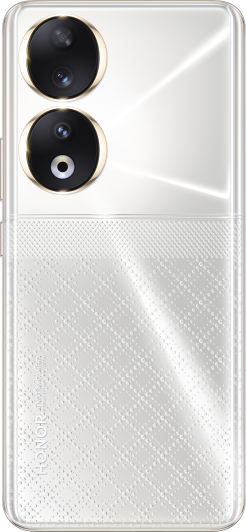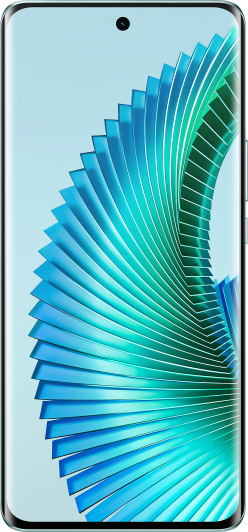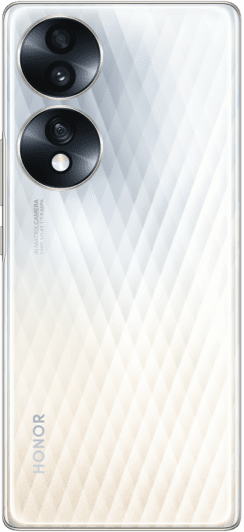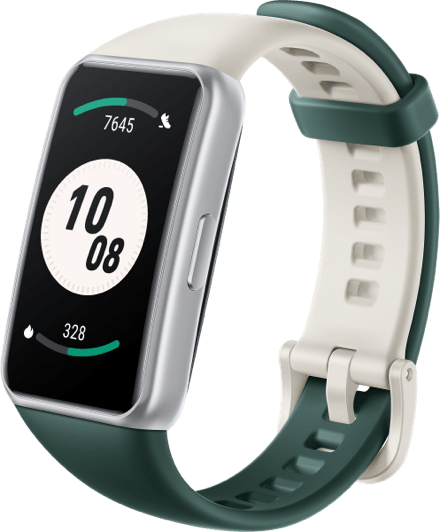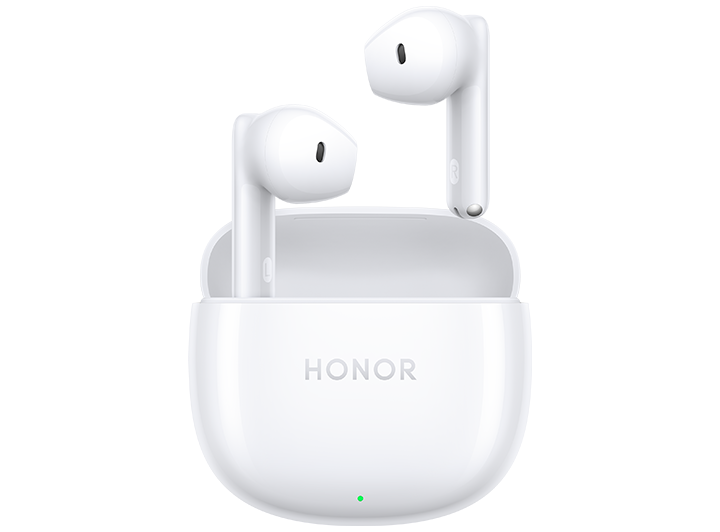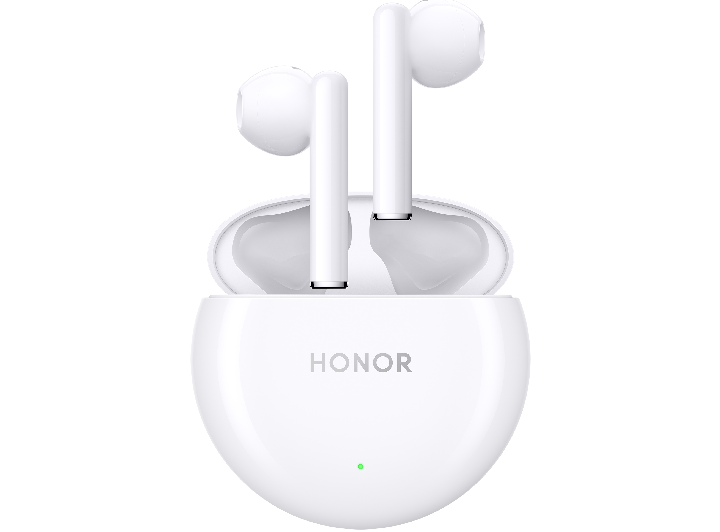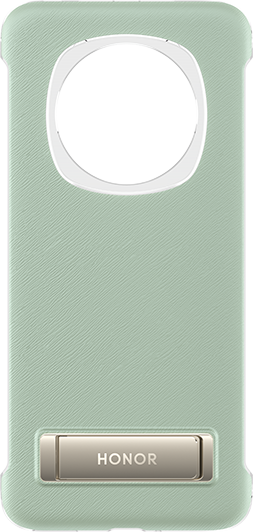TOP
ABOUT HONOR
Events

我的荣耀 开启荣耀之旅
To log in to your account, you must first agree to the HONOR PLATFORM TERMS OF USE. If you do not agree, you may only browse the site as a guest.

Battery Charging Tips: Should You Charge Your Phone to 100%?
Smartphones have become an integral part of our lives, and with their increasing importance, concerns about battery health have also grown. One common piece of advice you might have heard is that you shouldn't charge your phone to 100%.
In this article, we'll explore the truths about smartphone battery charging, with a particular focus on the age-old question: Should you charge your phone to 100%? We'll explore the science behind modern smartphone batteries, and the advanced technologies employed to optimize charging and provide you with practical tips to ensure your phone's battery remains healthy and long-lasting.

Is it True that You Shouldn't Charge Your Phone to 100%?
Contrary to popular belief, it is generally safe to charge your smartphone to 100%. Modern smartphones utilize advanced lithium-ion or lithium-polymer batteries equipped with sophisticated charging algorithms. These technologies ensure that the battery receives optimal charging without overcharging, thereby minimizing the damage to the battery.
Manufacturers have also implemented voltage management systems and charge rate controls to protect the battery from damage. While keeping your phone between 20% and 80% charge can extend battery lifespan, occasional full charges are not detrimental.
In essence, today's smartphones are designed to handle 100% charging safely, and adhering to good charging practices can help maintain battery health for the long term.
Truth About Charging to 100%
Smartphone manufacturers have made significant strides in designing modern batteries and integrating safety monitoring technology to ensure that charging your phone to 100% is not a cause for concern. Here's an in-depth look at how smartphone manufacturers have achieved this:
Advanced Battery Chemistry
To understand why charging your phone to 100% is no longer a cause for concern, we must consider developments in battery chemistry. Modern smartphones commonly employ lithium-ion or lithium-polymer batteries, which have improved in durability and efficiency over time. These batteries are built to withstand complete charges without deterioration over time.
Adaptive Charging Algorithms
Smartphone manufacturers have ushered in an era of cutting-edge battery management with their sophisticated adaptive charging algorithms. These intricate algorithms serve as the guardians of your device's battery health and also determine what percentage should you charge your phone at. They act as the custodians of your battery's well-being, allowing you to charge your phone to 100% without worry, all while safeguarding its long-term performance.
Charge Rate Control
Modern smartphones are not just smart in name. They dynamically control how fast the battery charges. While the initial stages might experience fast charging, as the battery fills up, the rate tapers down. This regulation is especially crucial as the battery approaches full capacity, preventing issues like overheating or potential overcharging.
Voltage Management
Every battery comes with a specific voltage ceiling. Charging beyond this point was a concern with older technologies. However, today's devices have robust voltage management systems in place. They ensure that even if you're charging to 100%, the battery doesn't surpass its maximum safe voltage.
Optimized Charging Modes
Many smartphones offer optimized charging modes that allow you to set specific charging limits. For example, some devices offer a "battery saver" mode that stops charging at 80% to prolong battery life. These options give users more control over their battery charging.
At HONOR, our primary focus is to ensure our customers get the best out of their devices without compromising on battery health. This commitment has led to the adoption of groundbreaking battery technologies and management strategies in our HONOR series of phones, especially in the HONOR 90. Honor 90 offers an unparalleled level of safety during charging, thanks to their SuperCharge technology. This system provides a five-fold protection mechanism, encompassing the charger's design to the battery itself, and includes features like independent voltage, current, and thermal protections. Additionally, the phones intelligently adapt charging rates based on the charger and cable used, ensuring optimal battery health and user safety. We've made sure that our users can confidently charge their devices to 100% without any concerns about the battery's health or lifespan.

Other Tips for Charging Your Phone
In addition to the remarkable strides in battery technology and safety measures, there are several practical tips to enhance your phone's battery health:
1. Use High-Quality Chargers and cables: Prioritize chargers and cables that not only match your device but are also of premium quality. High-quality chargers and cables are engineered to provide a stable and safe flow of power to your phone, reducing the risk of overheating and potential damage.
2. Mind the Temperature: Extremes in temperature can influence battery health. Charging your phone in scorching heat or freezing cold can lead to adverse effects. Aim for moderate temperatures when plugging in your device, as this fosters optimal charging conditions.
3. Unplug When Fully Charged: While modern smartphones can safely reach a 100% charge, it's a wise practice to unplug your device once it reaches full capacity. This prevents trickle charging, an extended period of minimal charge that can stress the battery over time. By adhering to this precaution, you ensure your battery remains in peak condition.
4. Partial Charging: Charging your phone in short bursts, such as from 20% to 80%, is less stressful on the battery than deep discharges and full charges.
Conclusion
The query, "should you charge your phone to 100?" often arises from misconceptions rooted in the past when older battery technologies were prevalent. Today, thanks to significant advancements in battery chemistry and sophisticated management algorithms, charging your modern smartphone to its full capacity is no longer a concern it once was. Thus, it's perfectly safe to charge your phone to 100%. Nonetheless, while technology safeguards battery health, adhering to best practices remains crucial to ensure your battery's longevity and optimal performance.
Frequently Asked Questions
Is The 40-80 Battery Rule Real?
The 40-80 battery rule is a guideline suggesting that you should keep your phone's battery between 40% and 80% for optimal longevity. While it can help extend battery life, it's not strictly necessary with today's advanced battery technologies. Charging to 100% occasionally should not harm your battery significantly.
At What Percent Should You Charge Your Phone?
You can safely charge your phone to 100% without worrying about significant battery degradation. Modern smartphones are designed to handle full charges safely. However, you can also follow the 40-80 rule if you want to be extra cautious.
How Many Times Should I Charge My Phone in A Day?
Ideally, you should charge your phone when its battery level drops to around 20-30% and unplug it once it reaches 80-90%. There's no specific number of times you should charge your phone in a day; it depends on your usage. Just avoid letting the battery drain completely and frequently charging it to 100%.
Source: HONOR Club

Subscribe To Our Newsletter - Discover HONOR
By providing your email address, you consent to receive the latest offers and information on Honor products, events and services through email or advertisement on third-party platforms. You can unsubscribe anytime according to Chapter 5 of HONOR Platform Privacy Statement.
Contact
Mon-Sat: 09:00 – 18:00. (Except on national holidays).
uk.support@honor.comCopyright © HONOR 2017-2024. All rights reserved.
We use cookies and similar technologies to make our website work efficiently, as well as to analyze our website traffic and for advertising purposes.
By clicking on "Accept all cookies" you allow the storage of cookies on your device. For more information, take a look at our Cookie Policy.
Functional cookies are used to improve functionality and personalization, such as when playing videos or during live chats.
Analytical cookies provide information on how this site is used. This improves the user experience. The data collected is aggregated and made anonymous.
Advertising cookies provide information about user interactions with HONOR content. This helps us better understand the effectiveness of the content of our emails and our website.






